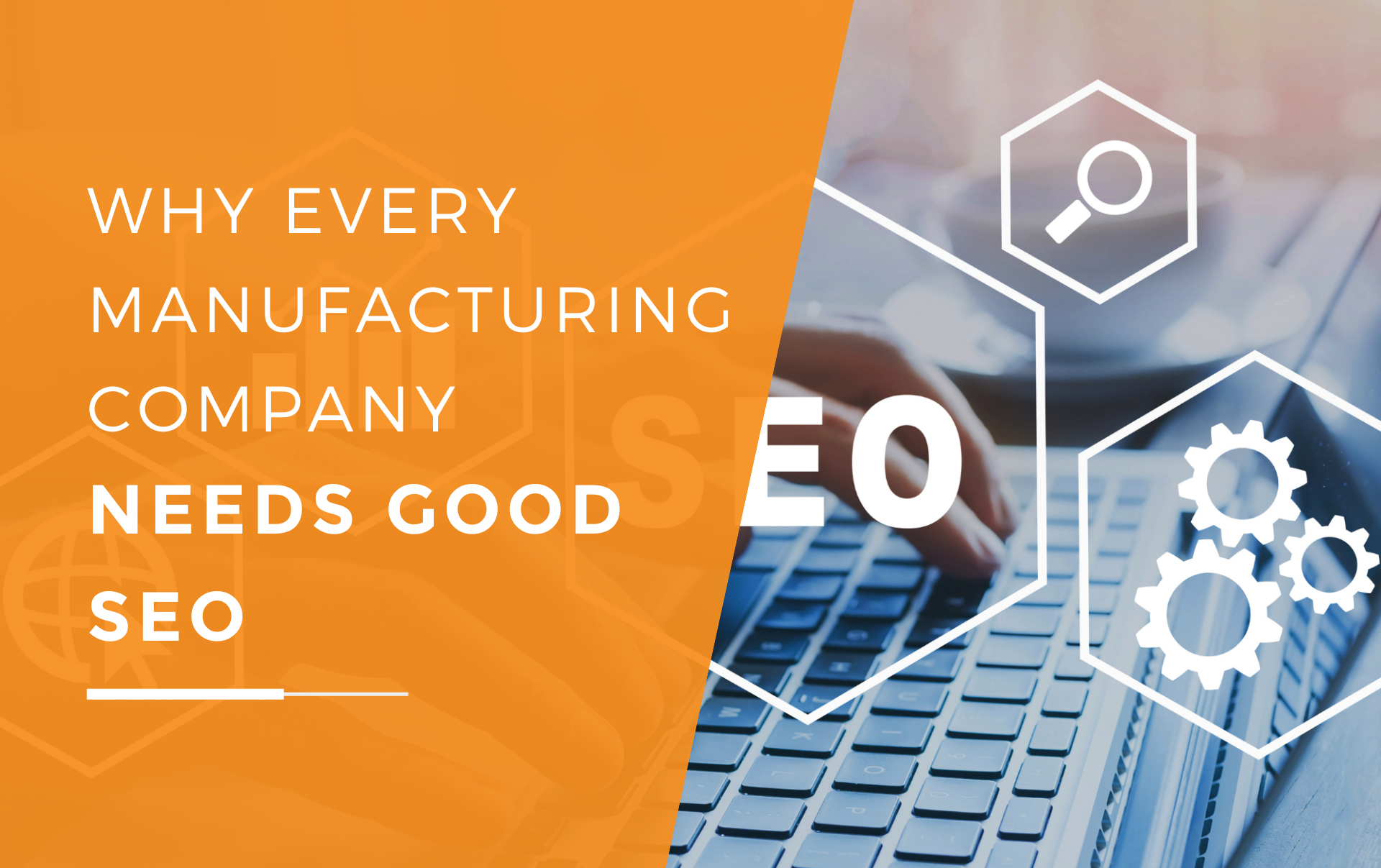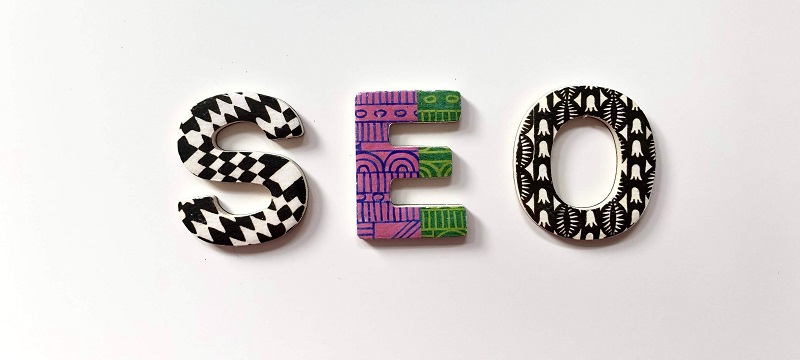Inbound Versus Outbound Marketing: A Comprehensive Comparison
by Leanne Mordue on 04-Mar-2024 16:20:00

At the end of the day, marketing is marketing. As a business, you need to tell your target customers about your services and products and the value you provide, in order to make sales. That’s marketing in a nutshell. Inbound marketing and outbound marketing are simply ways of achieving this. In outbound marketing, which is how pretty much every business made sales before the Internet, you go out to tell your customers about your business. 
Good examples of outbound marketing are ‘cold’ or unsolicited telesales or email shots, or old-fashioned TV adverts, posters at train stations, postal direct mail, door-to-door sales, YouTube adverts, and a lot of pop-up digital advertising, too. You get the idea. With inbound, the idea is to encourage the customer to ‘come in’ to your shop or office, or the digital equivalent, your website, so you create a web of awareness that persuades them to do so, by means of social media, search advertising, written and visual content, and so on.
In this article, we’ll compare inbound versus outbound marketing, explaining how each approach works and how it can be used to make sales. Let’s be clear, there isn’t really a conflict between inbound and outbound. Both approaches can be successful, depending on the communication styles and purchase habits of your target market. The right approach for you is the one that resonates best with your ideal customers, or buyer personas, and will often include both inbound and outbound tactics as part of a personalised strategy tailored to your business.
Inbound marketing
Inbound marketing is a largely digital strategy that seeks to attract potential customers through publishing valuable and relevant content. This content can take the form of blog articles, social media posts, videos, webinars, or any other form of online, digital content. Whatever channel you use, the goal is first to attract customers, and then to develop a relationship with them by prompting them to make the move at each stage of the buyer journey. This process is commonly called lead nurturing, but it’s essentially a two-way conversation, in which you systematically address the questions, needs, and pain points of your target audience in order to build a convincing value proposition that lays the groundwork for a sale.
What it is and how it works
For inbound marketing to work in practice, your business must be visible online where your customers are searching for information, so a big part of inbound is to increase your search ranking or visibility for important keywords, and to cultivate a reputation of authority and credibility on social media platforms.
The form that your inbound marketing content takes varies on the stage of the buyer journey the target reader is at, and the types of questions and search queries they have at this stage. For example, you could create blog posts to provide helpful information or advice about choosing a particular product or service for ‘awareness’ stage buyers, or about how a product or service solves a particular problem for people at the ‘consideration’ stage.
Advantages of inbound
- Cost-effective: inbound marketing can be implemented at a relatively low cost compared to many traditional outbound marketing methods, such as TV or radio adverts, or cold calling. Many inbound channels are available for free, including all the major social media platforms, and anyone can start writing blogs if they have the time and knowledge. However, for the best results from inbound it’s always best to set aside a budget for content, advertising, analytics, and campaign management.
- Builds brand awareness and credibility: inbound marketing is not just a highway to sales but can also increase the general credibility and brand awareness of your business by providing valuable and relevant content to industry-specific search queries. This helps build trust with new customers and makes it easier to generate leads and secure sales long-term.
- Targeted and precise: inbound marketing allows you to target very specific demographics and reach potential customers who are interested in your products and services, with a higher closure rate than broad-brush marketing.
Disadvantages of inbound
- Time consuming: creating the quality content necessary for inbound marketing requires time, effort, and often specialist knowledge, which may not always be feasible for small businesses with limited resources.
- Results may take longer: it may take several months for your inbound marketing efforts to generate visible results and start attracting potential customers, as it relies on building a relationship with prospects over time.
Outbound marketing
In outbound marketing, you reach out to your potential customers through various forms of ‘interruption’ marketing. Your job as an outbound marketer is to encourage the prospect to stop whatever they are doing and pay attention to your messages, so the emphasis is on persuasiveness and visual appeal. Good examples include TV or radio commercials, many of which are designed to entertain viewers, or to draw them in through emotive content, imagery, and arguments. Outbound marketing is still commonly used by B2B businesses, as it allows companies to reach a large audience and generate leads that are traceable to a specific campaign or activity.
Advantages of outbound
- Fast results: outbound marketing has the potential to generate rapid results as promotional messages are pushed out to a wide audience, e.g. following a direct mail shot, or seasonal telesales campaign.
- Widely known and familiar: not everyone appreciates being approached by a salesperson, but nevertheless, traditional outbound marketing methods are widely known and accepted by the public and have been around for decades. People still watch adverts on TV. People still talk to charity fundraisers at the doorstep. Outbound marketing can work if approached correctly for your market.
Disadvantages of outbound
- Expensive: outbound marketing can be costly, especially for small businesses with limited budgets. It is also resource intensive. Consider, for example, the number of people required to coordinate and implement a large-scale direct mail campaign, or to work their way through a telesales list.
- Less targeted: outbound marketing does need to be targeted to succeed. However, the general idea is to reach a big audience and bringing leads through a numbers game. This invariably means money and time wasted on people who are simply not interested, and your material may not always reach potential customers who would be interested in the product or service being advertised.
- High risk: in outbound marketing, you stake a lot of time, money, and reputation on the results of a single advert, campaign, or conversation. As often as not, you’ll walk away empty-handed from an outbound approach. Inbound marketing allows you to spread the risk over time, with a better chance of a positive ROI.
Building a marketing strategy around the needs of your customers
Both inbound and outbound marketing approaches can deliver results in terms of sales and brand credibility. For small businesses, however, inbound allows companies to punch above their weight by drawing in website traffic for competitive search queries on a level playing field with their larger and better funded competitors. You may not be able to compete with the industry leaders in terms of market saturation for outbound advertising, but you could still carve out a lucrative niche for yourself by publishing unique and value-driven online content for an inbound audience.
To find out more about inbound and outbound marketing, and how each can play a role within your sales strategy, please contact one of our specialists today by clicking here.
Image Source: Canva
- Inbound Marketing (SEO, PPC, Social Media, Video) (824)
- Strategy (363)
- Sales & CRM (195)
- Marketing Automation & Email Marketing (190)
- Business Growth (164)
- Website Design (160)
- Hubspot (138)
- Lead Generation (115)
- Google Adwords (98)
- Content Marketing (94)
- Conversion (48)
- Case Studies (47)
- News (47)
- Ecommerce (39)
- Webinars (34)
- SEO (24)
- AI (20)
- Events (19)
- Video (17)
- LinkedIn Advertising (15)
- Video Selling (15)
- Software training (13)
- Niche business marketing (11)
- The Digital Prosperity Podcast (10)
- Facebook Advertising (6)
- HubSpot Case Studies (5)
- December 2025 (10)
- November 2025 (6)
- October 2025 (17)
- September 2025 (16)
- August 2025 (14)
- July 2025 (14)
- June 2025 (5)
- May 2025 (19)
- April 2025 (15)
- March 2025 (13)
- February 2025 (13)
- January 2025 (8)
- December 2024 (2)
- November 2024 (4)
- October 2024 (21)
- September 2024 (4)
- August 2024 (8)
- July 2024 (14)
- June 2024 (16)
- May 2024 (25)
- April 2024 (15)
- March 2024 (18)
- February 2024 (5)
- January 2024 (10)
- December 2023 (6)
- November 2023 (10)
- October 2023 (13)
- September 2023 (12)
- August 2023 (14)
- July 2023 (13)
- June 2023 (14)
- May 2023 (15)
- April 2023 (13)
- March 2023 (14)
- February 2023 (13)
- January 2023 (15)
- December 2022 (13)
- November 2022 (6)
- October 2022 (8)
- September 2022 (22)
- August 2022 (15)
- July 2022 (13)
- June 2022 (16)
- May 2022 (14)
- April 2022 (16)
- March 2022 (17)
- February 2022 (11)
- January 2022 (8)
- December 2021 (6)
- November 2021 (7)
- October 2021 (11)
- September 2021 (10)
- August 2021 (7)
- July 2021 (7)
- June 2021 (4)
- May 2021 (4)
- April 2021 (1)
- March 2021 (3)
- February 2021 (5)
- January 2021 (4)
- December 2020 (7)
- November 2020 (6)
- October 2020 (5)
- September 2020 (9)
- August 2020 (18)
- July 2020 (17)
- June 2020 (17)
- May 2020 (10)
- April 2020 (21)
- March 2020 (24)
- February 2020 (21)
- January 2020 (12)
- December 2019 (23)
- November 2019 (12)
- October 2019 (14)
- September 2019 (16)
- August 2019 (15)
- July 2019 (13)
- June 2019 (6)
- May 2019 (8)
- April 2019 (4)
- March 2019 (2)
- February 2019 (2)
- January 2019 (2)
- December 2018 (3)
- November 2018 (24)
- September 2018 (11)
- August 2018 (9)
- June 2018 (3)
- May 2018 (6)
- April 2018 (14)
- March 2018 (12)
- February 2018 (16)
- January 2018 (15)
- December 2017 (15)
- November 2017 (18)
- October 2017 (23)
- September 2017 (19)
- August 2017 (28)
- July 2017 (27)
- June 2017 (25)
- May 2017 (18)
- April 2017 (17)
- March 2017 (16)
- February 2017 (17)
- January 2017 (14)
- December 2016 (21)
- November 2016 (27)
- October 2016 (25)
- September 2016 (16)
- August 2016 (20)
- July 2016 (19)
- June 2016 (14)
- May 2016 (20)
- April 2016 (24)
- March 2016 (22)
- February 2016 (28)
- January 2016 (27)
- December 2015 (28)
- November 2015 (19)
- October 2015 (9)
- September 2015 (12)
- August 2015 (5)
- July 2015 (1)
- June 2015 (10)
- May 2015 (3)
- April 2015 (11)
- March 2015 (14)
- February 2015 (15)
- January 2015 (12)
- December 2014 (2)
- November 2014 (23)
- October 2014 (2)
- September 2014 (2)
- August 2014 (2)
- July 2014 (2)
- June 2014 (7)
- May 2014 (14)
- April 2014 (14)
- March 2014 (7)
- February 2014 (2)
- January 2014 (7)
- December 2013 (9)
- November 2013 (14)
- October 2013 (17)
- September 2013 (3)
- August 2013 (6)
- July 2013 (8)
- June 2013 (4)
- May 2013 (3)
- April 2013 (6)
- March 2013 (6)
- February 2013 (7)
- January 2013 (5)
- December 2012 (3)
- November 2012 (2)
- September 2012 (1)
Subscribe by email
You May Also Like
These Related Blogs

Why Every Manufacturing Company Needs Good SEO
Good online visibility is essential for manufacturing businesses to capture the attention of customers, promote their products, and develop their prof …

Case Study: B2C Home Improvement Company Grows Web Traffic 10x, Generates £16m+ In New Business
KEY RESULTS: £16m+ in directly attributable revenue from marketing Website leads have grown from 20 to 300+ per month Complete sales, website & ma …

What Actually Is SEO & What Do SEO Companies Do?
For many businesses, SEO is one of those vaguely magical activities that they know they should be doing, but aren’t sure of the purpose, or what it is …


